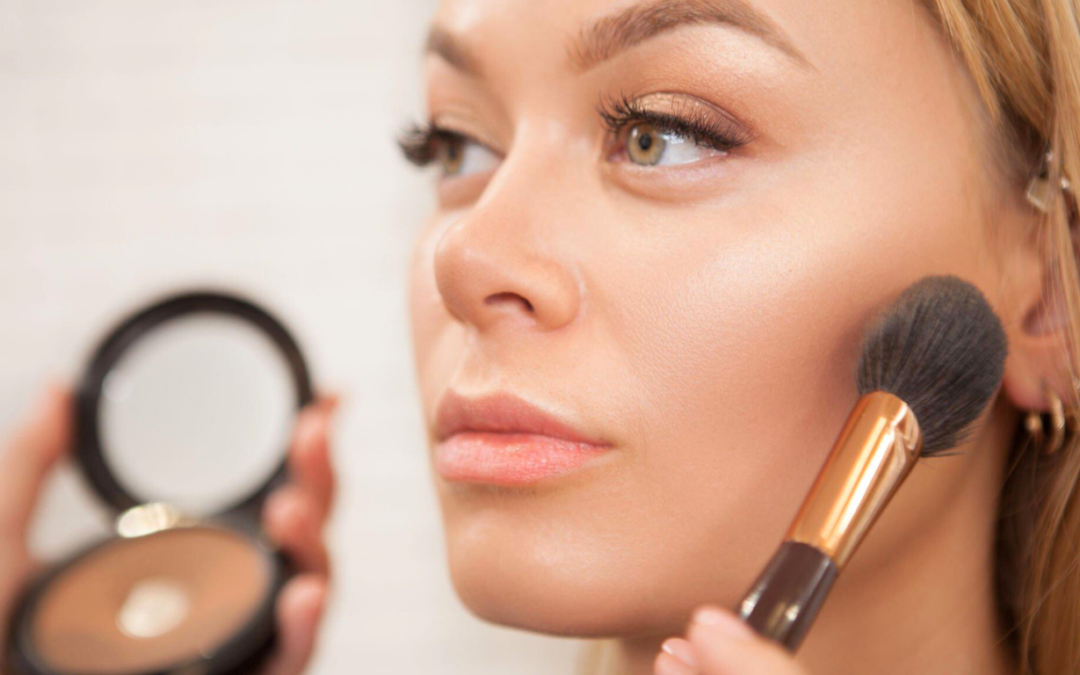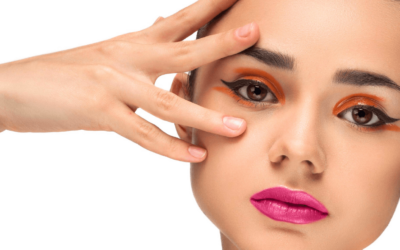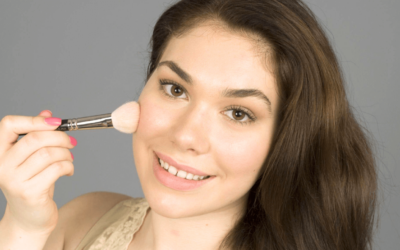The makeup struggle is real – you’ve applied your foundation only to find that your complexion looks more orange than flawless. Fear not, for this guide holds the secrets to undoing the dreaded orange foundation mishap.
“How to fix orange foundation” is a question that plagues many makeup enthusiasts, and we’re here to provide comprehensive solutions that will leave you with a natural, radiant finish.
From understanding the root causes to expert tips and tricks, you’ll be equipped to conquer the orange dilemma and achieve a flawless complexion that matches your skin tone.
Understanding the Undertones: The Basis of Color
Before diving into solutions, it’s crucial to grasp the concept of undertones. Skin undertones can be warm, cool, or neutral, and they play a significant role in how makeup products interact with your skin.
An orange cast often occurs when the foundation’s undertone clashes with your skin’s natural undertone.
Solution: Determine your skin’s undertone by examining the veins on your wrist. Blue or purple veins indicate a cool undertone, greenish veins suggest a warm undertone, and a mix of both implies a neutral undertone.
Select foundation shades with undertones that complement your skin’s natural hue.
Color-Correcting Concealers: The Magic of Opposites
Color-correcting concealers are your allies in combating the orange foundation dilemma. These concealers neutralize unwanted undertones and provide a balanced base for your foundation.
Solution: To counteract orange tones, opt for a blue or purple color-correcting concealer.
Apply a small amount of the corrector to the areas where your foundation appears orange, such as the jawline or cheeks. Blend gently with your fingertips or a makeup sponge before applying your regular foundation.
Adjust Your Foundation Shade: A Match Made in Heaven
Choosing the correct foundation shade is paramount to achieving a natural finish. A shade that is too warm or dark can contribute to the orange appearance.
Solution: Test different foundation shades on your jawline or wrist in natural daylight. The ideal shade will seamlessly blend into your skin without creating a noticeable contrast.
When in doubt, seek assistance from makeup professionals or use online shade finders to determine the perfect match.
Layering Technique: A Delicate Balance
The technique you use to apply your foundation can influence the color payoff. Layering too much foundation can lead to an unnatural buildup of color, resulting in an orange hue.
Solution: Start with a thin layer of foundation and build gradually. Use a makeup sponge or brush to blend the foundation evenly across your face, focusing on areas that require additional coverage.
This technique ensures a seamless and natural finish.
Check Your Lighting: A Litmus Test
Lighting can play tricks on your perception of color. What appears flattering in one lighting condition might look entirely different in another, potentially causing your foundation to appear orange.
Solution: Apply your makeup in natural daylight or in lighting that closely resembles the environment you’ll be in. Consider using a mirror with built-in natural lighting to ensure accurate makeup application.
Color-Matching Foundation Mixers: Customized Perfection
Color-matching foundation mixers are versatile products designed to adjust the shade and undertone of your foundation. These mixers can be a game-changer in fixing an orange foundation.
Solution: Choose a color-correcting mixer that counteracts orange tones, such as a blue or cool-toned mixer. Mix a small amount of the mixer with your foundation to achieve a shade that matches your skin tone without the orange cast.
Prep Your Skin: A Flawless Canvas
A well-prepped canvas can make a world of difference in how your foundation appears. Properly cleansing, moisturizing, and priming your skin creates a smooth base for makeup application.
Solution: Start with clean and well-moisturized skin. Apply a makeup primer that aligns with your skin’s needs – a primer with color-correcting properties can help neutralize undertones and prevent the orange effect.
















